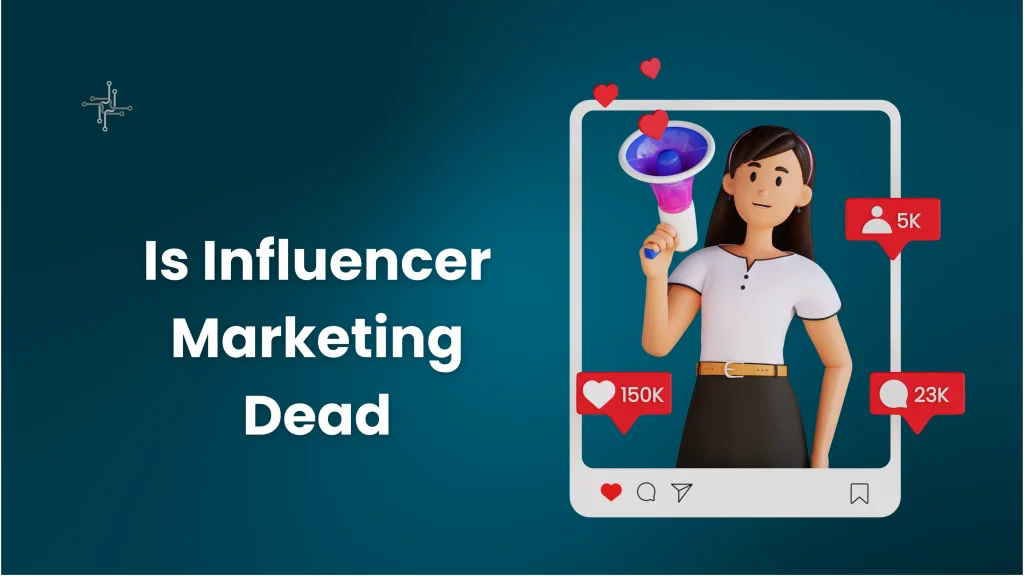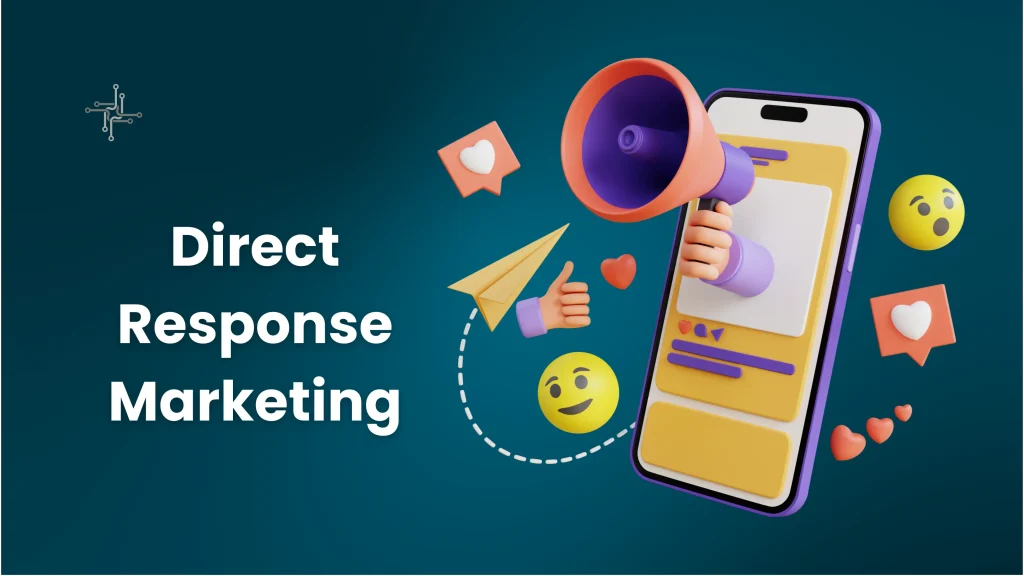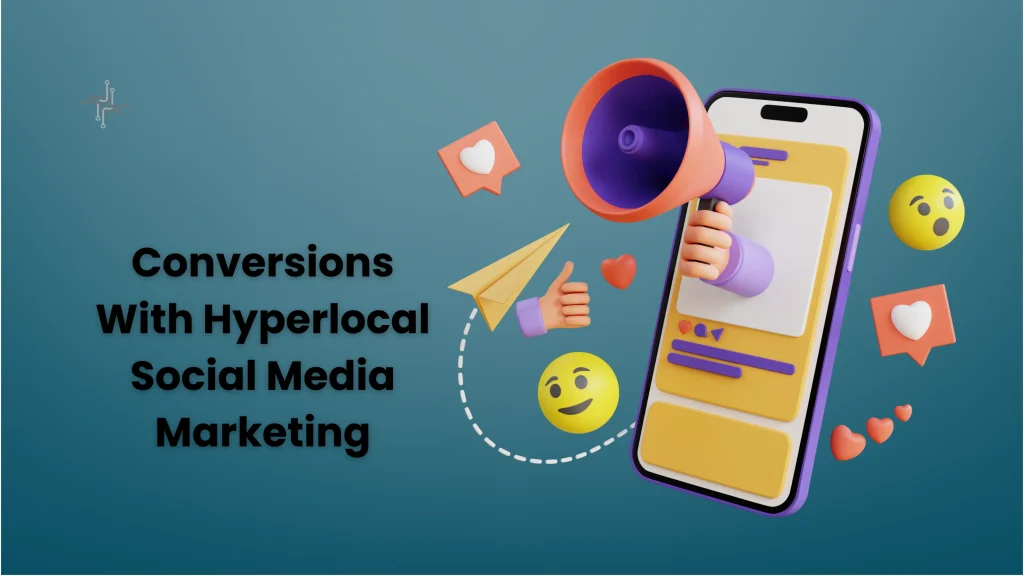This article will talk about influencer marketing. It will explain what it is and how it started. You will read about the problems it is facing today. It will clear the confusion about whether influencer marketing is really ending. The article will also share new ways brands are working with influencers. It will give examples of campaigns that still work well. Lastly, it will look at what might happen next in influencer marketing.
This question matters because many people now doubt influencers. Social media is full of ads and promotions. Some followers feel influencers are no longer honest. Brands also find it hard to get good results like before. This makes people wonder if influencer marketing is worth it. It is important to understand what is changing. Knowing this helps brands make smart choices.
Table of Contents
What Is Influencer Marketing
Influencer marketing is a way brands promote their products or services through people with strong social media followings. These people are called influencers. They can be famous on platforms like Instagram, YouTube, TikTok, or Twitter. Brands pay them or give them free products in exchange for posts or videos about the brand.
Influencers usually share personal opinions, reviews, or experiences about the products they feature. Their followers often trust them more than regular ads because the message feels real and friendly. This makes influencer marketing powerful. It helps brands build trust and connect with new customers in a simple, natural way.
There are different types of influencers. Some have millions of followers, while others have smaller, tight-knit groups. Both can be useful depending on what a brand wants. Big influencers reach large audiences, while small ones often have stronger, more loyal fans.
Influencer marketing has grown quickly because people spend a lot of time online. Brands now look for influencers who match their image and values. It’s a smart way to advertise by using social media fame to spread a message.
Challenges Facing Influencer Marketing Today
- Oversaturation of Influencers: One big issue is oversaturation. There are too many influencers promoting products. This makes it harder for followers to trust what they see. When everyone is advertising something, it feels less special and less honest. People start to ignore these posts, and brands don’t get the same good results as before.
- Trust and Authenticity Issues: Another challenge is trust and authenticity. Some influencers promote things just for money, even if they don’t use them. This makes followers feel cheated. It lowers the value of influencer marketing and makes people question everything they see online.
- Fake Followers and Engagement: Fake followers and fake likes are also a big problem. Some influencers buy followers to look popular. But those followers aren’t real. This wastes brand money and reduces the true value of a campaign. It also makes it harder for brands to track real success.
- Changes in Social Media Algorithms: Social media algorithms have also changed. Now, not all posts reach every follower. Even famous influencers struggle to get good views and likes. This makes it harder for brands to get the results they expect from influencer partnerships.
- Rising Costs and Lower ROI: Lastly, rising costs have made influencer marketing expensive. Big influencers now charge very high fees. This makes it tough for small brands to afford them. As a result, brands often get less value and lower returns for the money they spend.
Is Influencer Marketing Really Dead
Influencer marketing is not dead, but it is changing. Many people believe it has lost its power because there are too many influencers now. Social media is full of paid posts, and followers have become smarter. They can easily spot fake promotions. This makes people think influencer marketing is no longer useful. But the truth is, it’s not dying, it’s just shifting in new directions.
The way brands use influencers is different today. Big celebrities with millions of followers are no longer the only choice. Now, brands prefer smaller, niche influencers. These influencers have loyal followers and better engagement. Their posts feel more real and personal. People trust them more than big names who promote too many products.
Influencer marketing still works when it’s done right. Brands need to focus on honesty and clear messages. Long-term partnerships and real reviews matter now. So, influencer marketing isn’t over, it’s simply growing in a smarter, fresher way.
Strategies for Brands in the New Era of Marketing
Choose the Right Influencers
In today’s market, brands need smart ways to work with influencers. The old methods of picking anyone with a big following no longer work. Now, brands must carefully choose influencers who truly match their product, values, and audience. It’s not about the biggest numbers anymore, it’s about real connections and honest content that feels natural and trustworthy.
Focus on Authenticity
Brands should focus on authenticity in every campaign. People trust influencers who speak openly, share personal experiences, and show how they really use a product. Paid posts should feel natural, not forced or overly polished. When influencers genuinely like the product, their message sounds honest. This builds trust, keeps followers interested, and encourages real conversations.
Work with Micro-Influencers
Another smart move is to work with micro-influencers. These are people with small but loyal audiences, often between 1,000 and 50,000 followers. They often get better reactions than bigger influencers because their followers feel closer to them. Micro-influencers tend to be more affordable and create personal, friendly content that feels honest and real.
Combine Influencer and User-Generated Content
Mixing influencer marketing with user-generated content is also helpful. Real customer stories, photos, and reviews add extra honesty. When people see other regular users loving a product, it makes them trust it more. Brands can share this content alongside influencer posts, making their campaigns feel more complete and believable.
Measure Real Impact
Lastly, brands must track real results to see if a campaign works. Instead of focusing only on likes and comments, it’s better to measure sales, clicks, and customer feedback. This gives a clear picture of how the influencer’s content is helping the brand. It also helps plan better, smarter marketing strategies in the future.
Conclusion
Influencer marketing is not dead, but it is evolving. The days of relying on big names with millions of followers are over. Today, brands need to focus on authenticity, trust, and real connections. Smaller influencers with loyal audiences are becoming more valuable.
The key to success is choosing the right influencers who truly believe in your brand. It’s important to measure results beyond likes and focus on real impact, such as sales and engagement. Influencer marketing is still effective, but it requires a smarter approach to stay relevant in today’s market.


